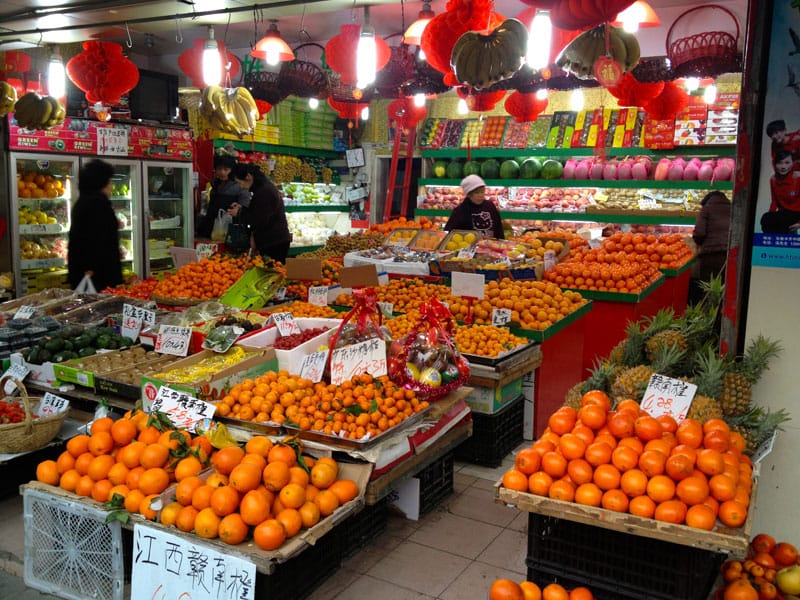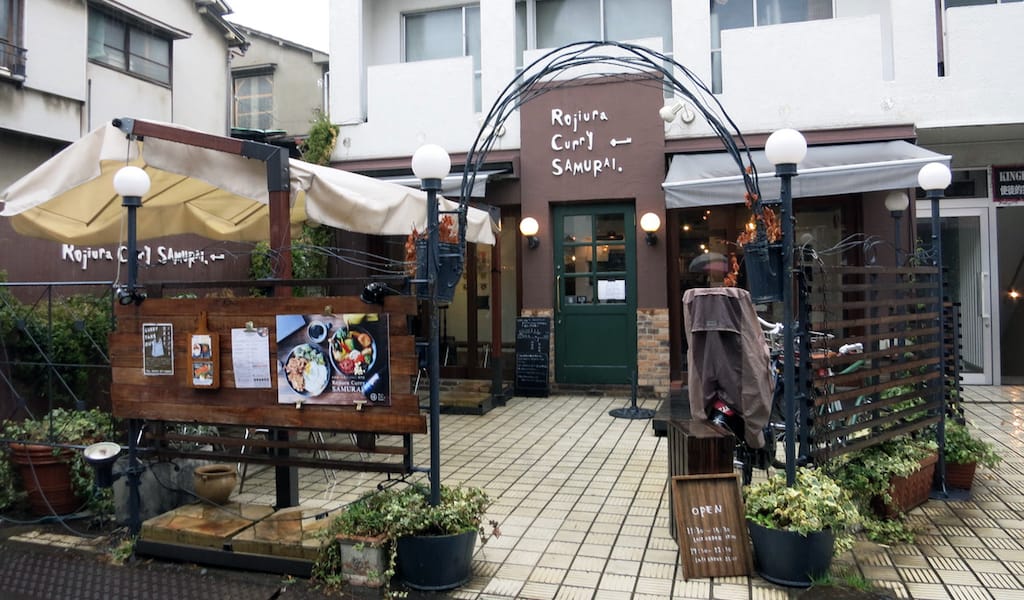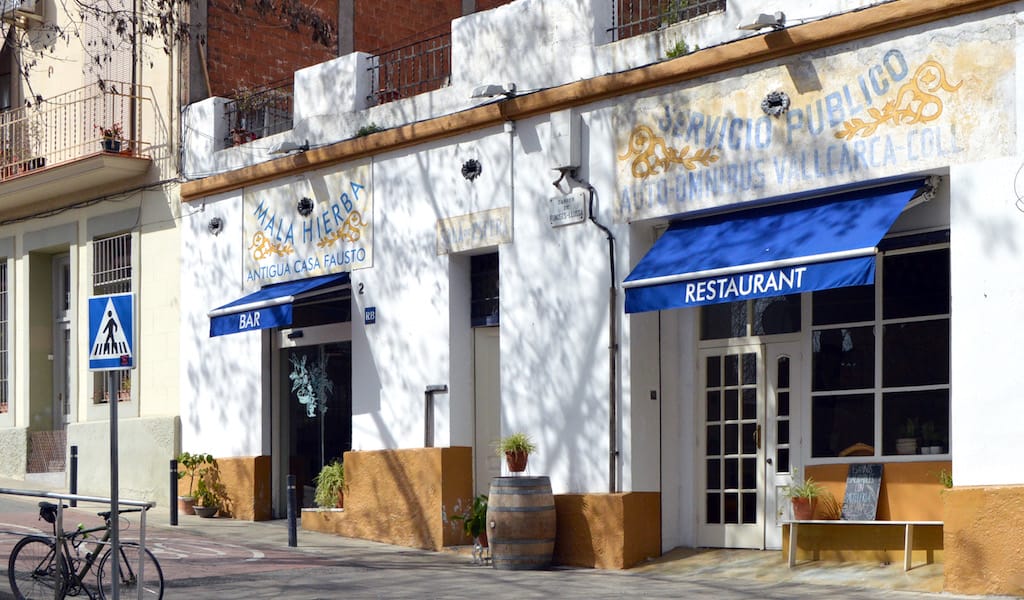As the moon starts to wane each January, people throughout China frantically snatch up train and bus tickets, eager to start the return journey to their hometown to celebrate the Lunar New Year (春节, chūnjié) with their family. This year, revelers will make an estimated 2.5 billion journeys on the train system alone, up 100 million from last year; at least another billion bus, plane and car trips add to the travel chaos. One of the major draws for migrant workers heading home is the chance to eat traditional, home-cooked meals with relatives.
You won’t get through a conversation about Spring Festival, as the holiday is also known (“Spring Festival” is the literal translation of chūnjié), without a local waxing poetic about the holiday’s dishes, which vary region to region but have one very important thing in common: delicious symbolism. These festive meals pull double duty, using allegorical shapes and homophones to add prophetic wordplay to family dinners.
On Chinese New Year’s Eve (除夕, chú xī), which takes place this year on February 7, the final day of the Year of the Sheep, the first task at hand in most households will be folding dumplings (包饺子, bāo jiǎozi) by the hundred. Dumplings resemble ancient gold ingots and thus represent wealth. To bolster the metaphor, Chinese mothers tuck a coin or two into a few of them; the lucky ones who bite into the dumplings with money will be blessed with a very prosperous year. They are typically stuffed with pork and vegetables, though some non-pork-eating minorities use lamb or beef instead.
If you’re in Shanghai and don’t have a Chinese mom cooking dumplings, head to Dongbei Siji Jiaozi Wang, which reopens on February 16 to serve their steaming platters of boiled (but coinless) dumplings from China’s Northeast provinces.
Sometimes called Reunion Dinner (团圆饭, tuányuánfànor, or 年夜饭, nián yè fàn), New Year’s Eve Dinner is a big holiday feast day, typically with eight dishes and one soup (eight is a lucky number that sounds like the Chinese word for wealth). Whole fish (鱼, yú) with the head and tail intact are used to symbolize abundance (余, yú) and to complete the phrase “There will be abundance [fish] every year” (年年有余/鱼, niánniányǒuyú). Similarly, steamed glutinous rice flour cakes (年糕, niángāo) bring eaters a year of higher prosperity (年高, niāngāo), and even vegetables get in on the  homophonic action, with lettuce (生菜, shēngcài) standing in for the verb “to make money” (生财, shēngcái).
homophonic action, with lettuce (生菜, shēngcài) standing in for the verb “to make money” (生财, shēngcái).
In addition to family dinners, businesses and government departments in China often throw end-of-the-year banquets at hotel restaurants and famous chains. Whether President Xi Jinping’s continued focus on austerity measures or the faltering economy will affect this year’s Spring Festival dinners remains to be seen, but we continue to hear anecdotal evidence that popular places, such as Da Dong in the IAPM mall, are fully booked these days and doing just fine, thank you. Expect similar stories at just about any famous local chain, such as Shanghai Min (often better known by its Chinese name, Xiao Nan Guo). With more than 30 locations around town, it sells out all of its tables two weeks before the holiday, but this chain is aimed at lower budgets and offers smaller tables to attract crowds.
For this year’s celebrations, Art Deco favorite Whampoa Club’s prices remain unchanged from last year, with three innovative Shanghainese set menus (RMB 2,588-3,988 for six people or RMB 3,988-5,988 for 10 people). The auspicious dinners include upwards of 16 dishes each, so you’ll be sure to eat your way to a healthy and wealthy Year of the Monkey, while probably busting your belt wide open. These set menus are only available February 6 to 12.
The Peninsula Hotel’s Cantonese restaurant, Yi Long Court, also has celebratory set menus ranging from RMB 1,228-2,288 (+15 percent); in addition, they’re offering a special Cantonese casserole dish for the holiday called “Poon Choi,” which includes premium auspicious ingredients like sea cucumber, goose webbing, abalone, Japanese dried scallops and more. It’s translated as “big bowl feast” and is only available until February 22 in a giant spread meant to serve 10 to 15 people, which will set you back RMB 1,588 or 3,888, depending on how much you’re willing to shell out for a bigger portion of the expensive components (playing perfectly into the cultural norm of letting customers gain “face” by emptying out their wallets).
New Year’s Day, which lands on February 8 this year, is a day of visiting family and friends around the village. The custom is to give children red envelopes stuffed with money at each stop, as well as candies, fruits and nuts that the adults nibble on while they wish their neighbors a prosperous new year. Tangerines (桔, jú) are easy-to-peel homonyms for good luck (吉, jí) and are, conveniently, at the peak of their season just as the new year arrives. Pumpkin seeds (南瓜子, nánguāzǐ)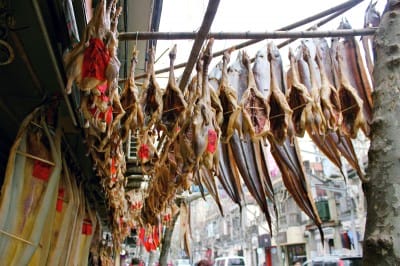 are another popular holiday snack, as the Chinese name recalls a slang way of referring to the traditionally more desirable male child (男娃子, nánwázi).
are another popular holiday snack, as the Chinese name recalls a slang way of referring to the traditionally more desirable male child (男娃子, nánwázi).
With many restaurants and markets shuttered for the holidays, families have to plan ahead to make sure they eat well throughout Spring Festival. As a result, it’s not unusual to see whole split fish or ham hocks drying on laundry lines in the days leading up to the holiday. Shanghai locals also visit places such as the pop-up dried fish and poultry market on Danshui Lu (where most of the “fish” is actually conger pike, a type of eel) and the year-round pork purveyor Jufeng Cured & Salted Pork Shop to stock up on all the preserved goodies they could possibly need. At Guang Ming Cun, hungry diners wait for hours to take home tasty soy-sauce-braised duck (酱鸭, jiàngyā) and smoked fish (熏鱼, xūnyú). Guang Ming Cun is closed on the afternoon and evening of Chinese New Year’s Eve but reopens for the rest of the holiday, to keep you and yours well-stocked until the rest of the city puts the fireworks away and stops celebrating.
This feature was first published on February 8, 2013, and has been updated with current information for this year’s celebrations.
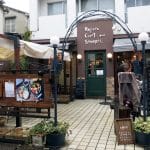 June 1, 2018 Have It Your Way
June 1, 2018 Have It Your Way
The song “My Way” may be a staple of every karaoke bar in Japan but it’s also a fitting […] Posted in Tokyo May 13, 2014 Galaktoboureko
May 13, 2014 Galaktoboureko
There is a certain rite of passage associated with being invited to dinner or coffee at […] Posted in Athens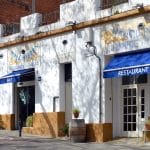 March 28, 2018 Agreste de Fabio & Roser
March 28, 2018 Agreste de Fabio & Roser
Up in Barcelona’s hills, in the El Coll neighborhood, where the city ends and the sky is […] Posted in Barcelona
Published on February 05, 2016
Related stories
Explore the Kichijoji neighborhood on our Tokyo walk!
June 1, 2018
TokyoThe song “My Way” may be a staple of every karaoke bar in Japan but it’s also a fitting description for the Japanese fast food staple of “curry rice” as served at both Rojiura Curry Samurai and CoCo Ichibanya. One can find four Tokyo outposts of Rojiura Curry Samurai, a Hokkaido curry maker from Sapporo,…
May 13, 2014
AthensThere is a certain rite of passage associated with being invited to dinner or coffee at a Greek friend’s house. Not so much because of what you will end up eating or drinking there, but because of what the other guests will be bringing as gifts. To most Western Europeans’ surprise, one of the most…
March 28, 2018
BarcelonaUp in Barcelona’s hills, in the El Coll neighborhood, where the city ends and the sky is cut by the spiky shapes of the pine trees in Collserola Park, Agreste de Fabio & Roser – formerly known as Mala Hierba, or "bad weed" – is sprouting up. Emphasizing sustainability and healthy eating, the restaurant is…







































